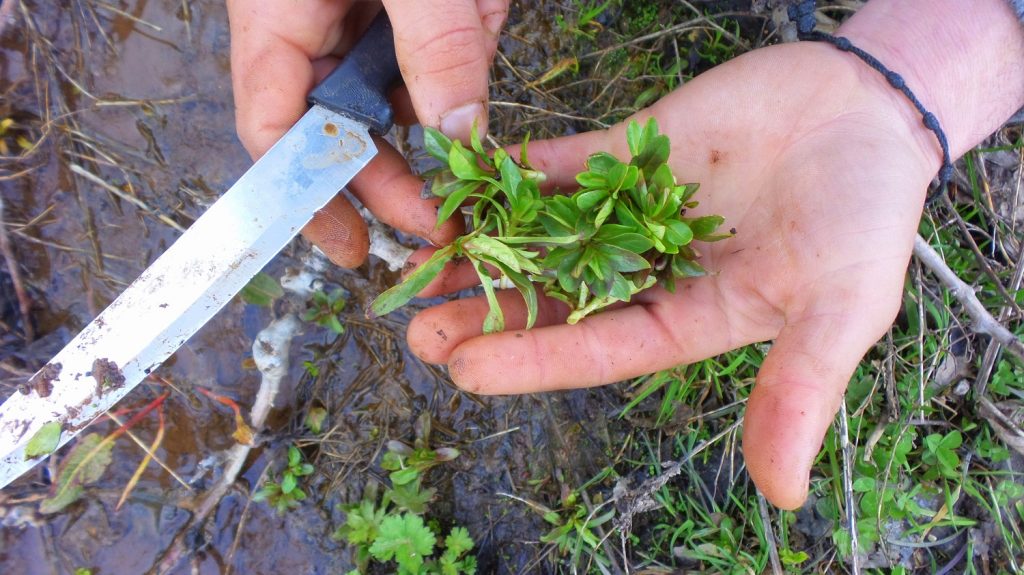
There are a number of weeds that are not only edible, but they contain a surprisingly-high level of nutrients as well. Knowing how to identify them can give you access to much-needed nutrition during a survival situation, and many of these plants are common throughout North America. Here’s a list of a few species that are worth becoming more familiar with because they are abundant and easy to consume in the field.
Burdock
This is the plant that produces those annoying burrs that tend to stick to anything they come into contact with. However, burdock also contains high amounts of carbohydrates, tannins and healthy fats, and the plant is also renowned for its anti-inflammatory and anti-bacterial properties. The edible parts are the roots and stalks, and they should be cleaned, peeled and boiled for about 20 minutes or until they become tender. Many people describe their taste as being similar to artichokes, and the best flavor tends to come from young plants that still have soft flowers.
Curly Dock
Curly dock leaves are loaded with vitamins C and A, and they also contain high concentrations of calcium and fiber. While the leaves can be bitter, a lot of the bitterness can be reduced by changing water a few times as you let them soak for a couple of hours. You can eat them raw or boiled, and you can also eat the seeds once they’re removed from their shells. If you don’t want to spend time removing the shells, consider grinding the seeds, shells and all, into a coarse powder that you can incorporate into almost any meal that you’re preparing.
Mallow
Mallow is a potent medicinal plant that can be used as a mild pain reliever and anti-inflammatory, and it can be made into a poultice that can help to protect wounds from infections. Additionally, mallow is considered to be an excellent choice for soothing respiratory ailments, easing abdominal cramps and constipation, and it is also a gentle sleep aid as well. You can either eat the leaves and seed pods raw or cooked, and you can also steep them in warm water to make a soothing tea.
Amaranth
Amaranth, or pigweed, contains protein, high levels of calcium, and it is loaded with antioxidants and minerals. The seeds as well as the leaves are edible, and you can eat them raw or cooked. You can also use the seeds to make a hot cereal by mixing in water at a 3:1 ratio before boiling for 5-10 minutes.
Lamb’s Quarters
This leafy weed is an excellent source of calcium, niacin, iron, vitamin C, A and B2, and it can also be taken medicinally to soothe an upset stomach. You can also make a poultice to reduce swelling as well as to soothe burns. You can eat the leaves raw just as you would a salad, or you can use them in lieu of spinach in cooked dishes as well. Lamb’s quarters also contain edible seeds, but you will need to gather a lot of plants in order to accumulate enough to make it worth the effort.
These are just a few examples of dozens of edible weeds that can supplement your diet in the field, and many of them don’t taste much different than common salad greens such as spinach, kale and collard greens. Learn more about these and other weeds that are in your area, and feel free to experiment with them now so you’ll know what to look for if you’re ever in a wilderness survival situation.
